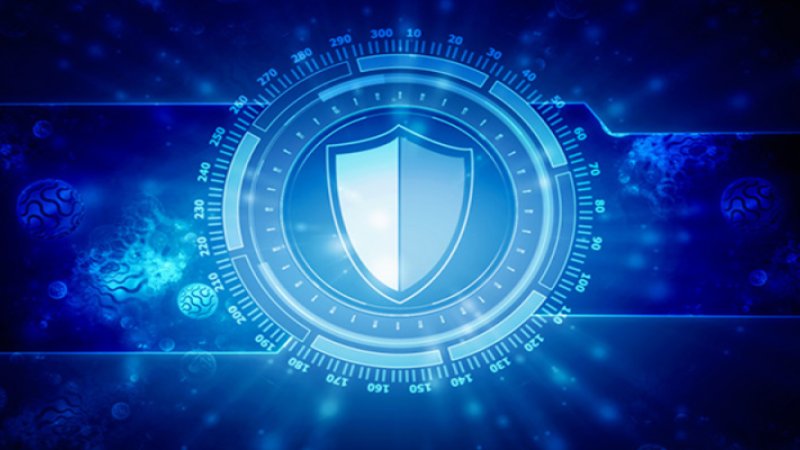
In a digital era where cyber threats evolve with alarming velocity, the safeguarding of software has become a cat-and-mouse game between developers and malicious entities. The latest research from Synopsis underscores a pivotal shift in the landscape of software security: the meteoric rise of automated security technology. This shift is not merely a trend but an adaptation to the growing complexity and frequency of cyberattacks, evidenced by the findings in the annual Building Security In Maturity Model (BSIMM) report.
The heart of this evolution lies in the 'shift everywhere' approach, a radical strategy that embeds security checks into every stage of software development. This methodology is gaining traction, with organizations keen to fortify their cyber defenses from the ground up. Such a transformation is bolstered by a 68 percent increase in mandatory code reviews over the past five years, propelled by automation. These automated systems are relentless in their vigilance, eliminating human error and ensuring that vulnerabilities are caught and neutralized before they can be exploited.
However, this increase in automation comes at a time of economic scrutiny, where cost-effectiveness is paramount. As a result, there has been a noticeable reduction in activities that require the costly expertise of subject matter specialists and are resistant to automation. Practices such as centralized defect reporting and curated attack lists have seen a decline, indicating a strategic pivot towards more automated, integrated security measures.
One of the most significant indicators of this shift is the uptick in toolchain adoption. Modern toolchain technologies are empowering organizations to automate security testing in the QA stage, which has led to a 10 percent growth in several security activities. This integration is a testament to the industry's recognition that security is not just a feature but a fundamental component of the software development lifecycle, one that requires sophisticated, automated systems to manage effectively.
In conclusion, the findings from the BSIMM report illuminate a future where automated security is not just preferred but essential. As Jason Schmitt of Synopsys articulates, this push toward automation is yielding more effective and affordable security practices. In an uncertain economic climate with an escalating threat landscape, automation is manifesting as the cornerstone of robust software security. It's a trend that signals a new dawn for cyber defense, where the sentinel role is increasingly occupied by algorithms and intelligent systems, tirelessly guarding the digital ramparts against the ever-present threat of cyber incursion.





